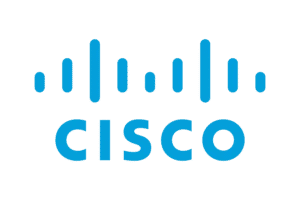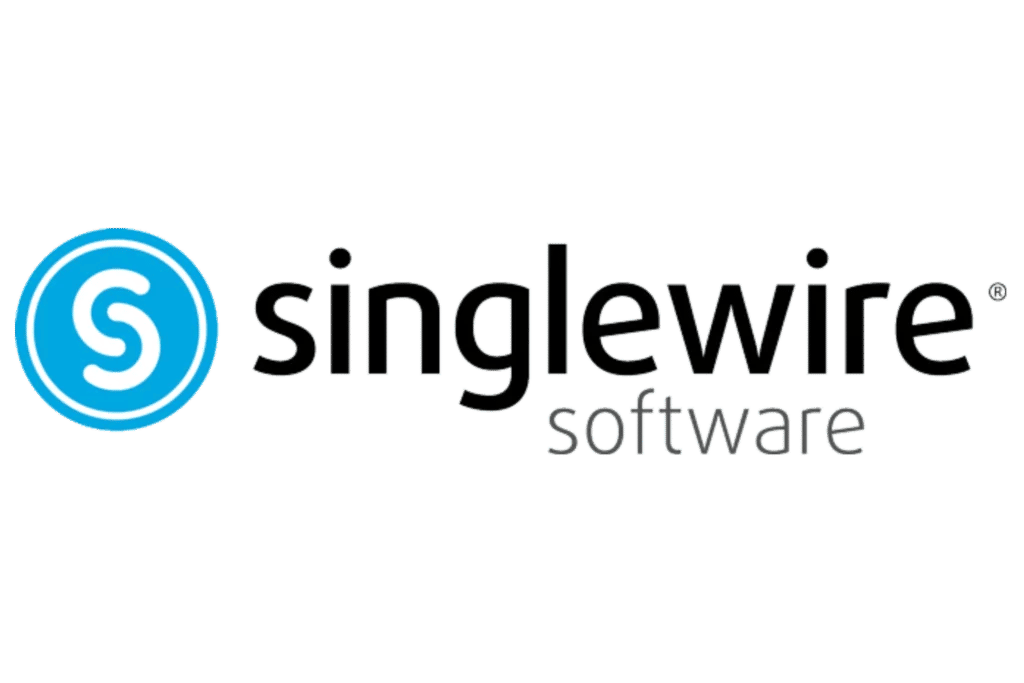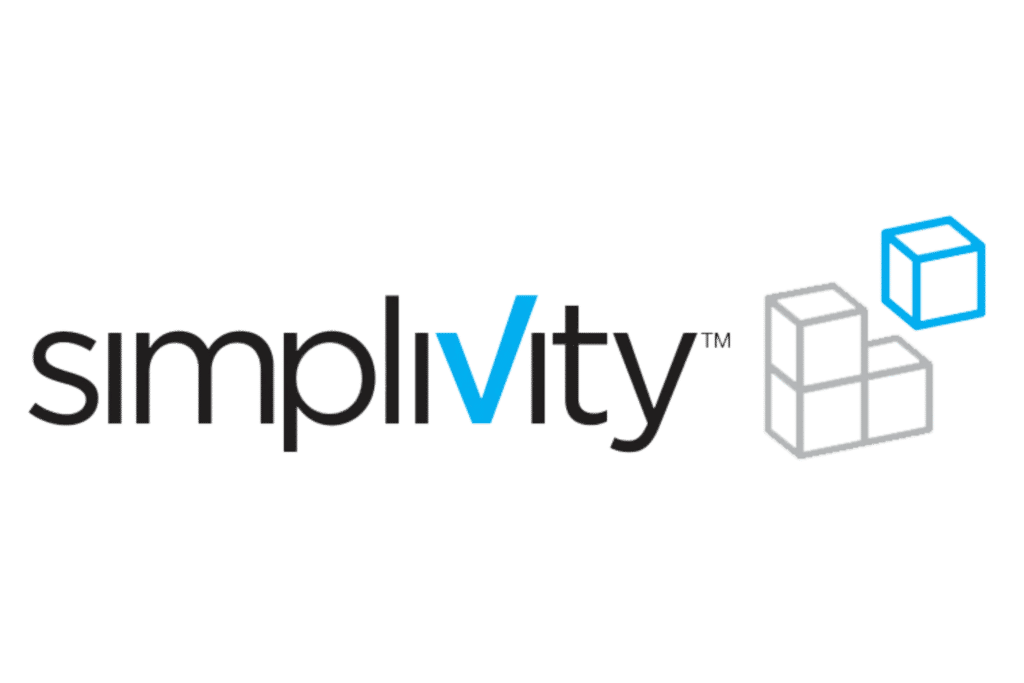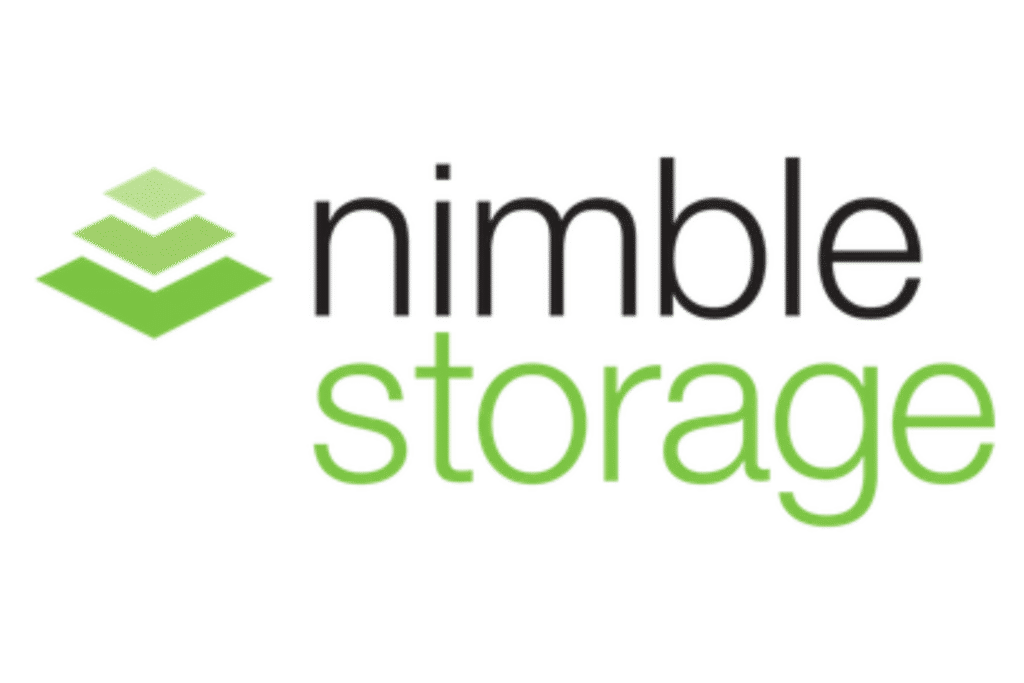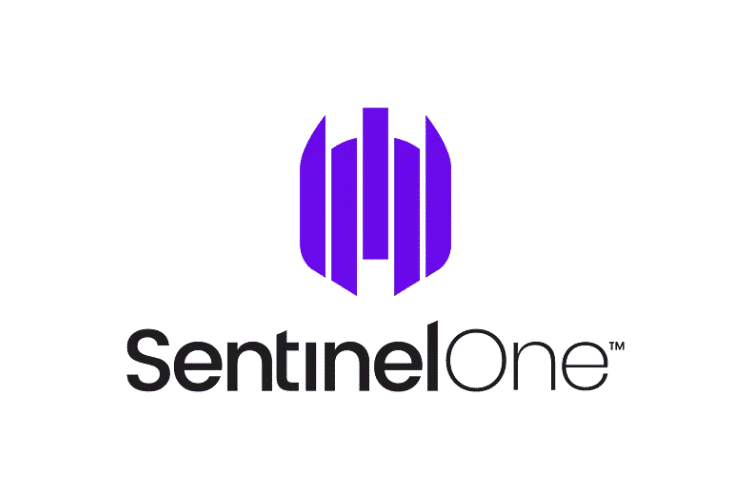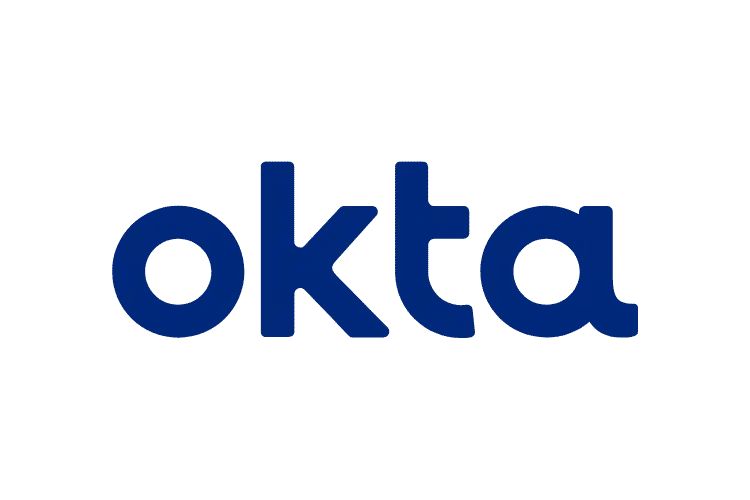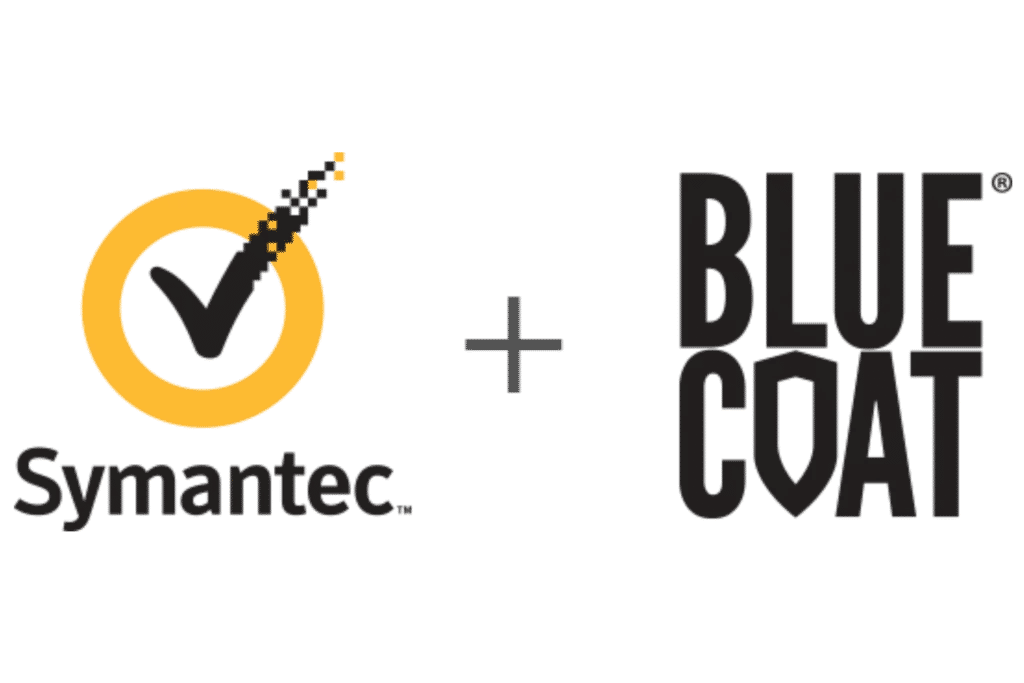Want To Streamline Your Healthcare Business?
Businesses in the Healthcare Industry must meet the challenge of continually improving the quality of care and patient satisfaction while managing ever-changing technology.
Whether you are a small medical office, an ambulatory care facility, or a large hospital system with numerous branch and specialty locations, WPG has the IT solutions to meet your healthcare needs.
WPG’s Healthcare practice revolves around four key elements of IT service delivery:
Security – We work with you to ensure that your organization is protecting patient information and medical records in compliance with both internal and industry governance standards.
Performance – We help you to improve existing systems and services so that they are consistently operating at optimal levels. With WPG’s services, you can rest assured knowing that your organization will be able to exceed end-user expectations and eliminate complaints.
Reliability – Avoid IT failures that stall operations. We help you ensure that healthcare organizations can continue operations predictably and reliably.
Cost-Effectiveness – Budget constraints are getting tighter for Healthcare organizations. That’s why we’re committed to helping you stay within your budget without sacrificing the quality of your technology.
Agile Solutions – WPG will deliver best-in-class cloud solutions and innovative applications to help your organization stay competitive. Use the best technologies like artificial intelligence and machine learning to solve your requirements.
Our IT Services For Healthcare Industry
Managed IT
Dedicate all your time and resources to taking care of your patients. We are here to take care of medical records, healthcare insurance, and other important operations with custom automated healthcare solutions.
IT Security
You handle sensitive data like medical records and other private documents. It is important to secure your patient’s details in a way that the data is safe from attackers and is accessible to people with authority. Partner with WPG to protect your systems today.
Networking
Want to implement a stable and secure network? We have a team of dedicated engineers who will analyze your business needs and set up your network with compatible devices and proper cabling.
IT Infrastructure
We help our clients to transform their infrastructure with reliable, cost-effective, agile, and scalable IT solutions. Maintain the whole infrastructure with servers, devices, databases, and applications. Interested? Talk to us today.
Disaster Recovery Planning
Is your business protected against unplanned disasters? WPG provides strategic planning of your resources and data for disaster recovery. Make a disaster recovery plan with us today to protect your organization.
Strategic IT Consultancy
Our team of dedicated IT consultants has a wealth of experience. Our experts will understand your business vision and requirements and provide you with the most effective solutions.
Desktop IT Support
WPG offers dedicated desktop support for businesses in the manufacturing industry. Get a 24/7 help desk with a dedicated IT team that handles only your project. Whatever issues or queries you have will be solved immediately by the help desk.










